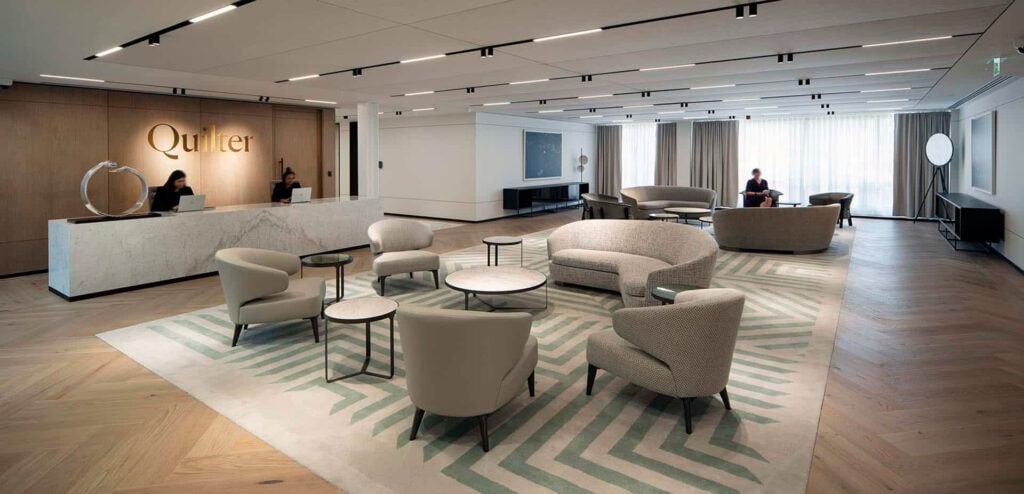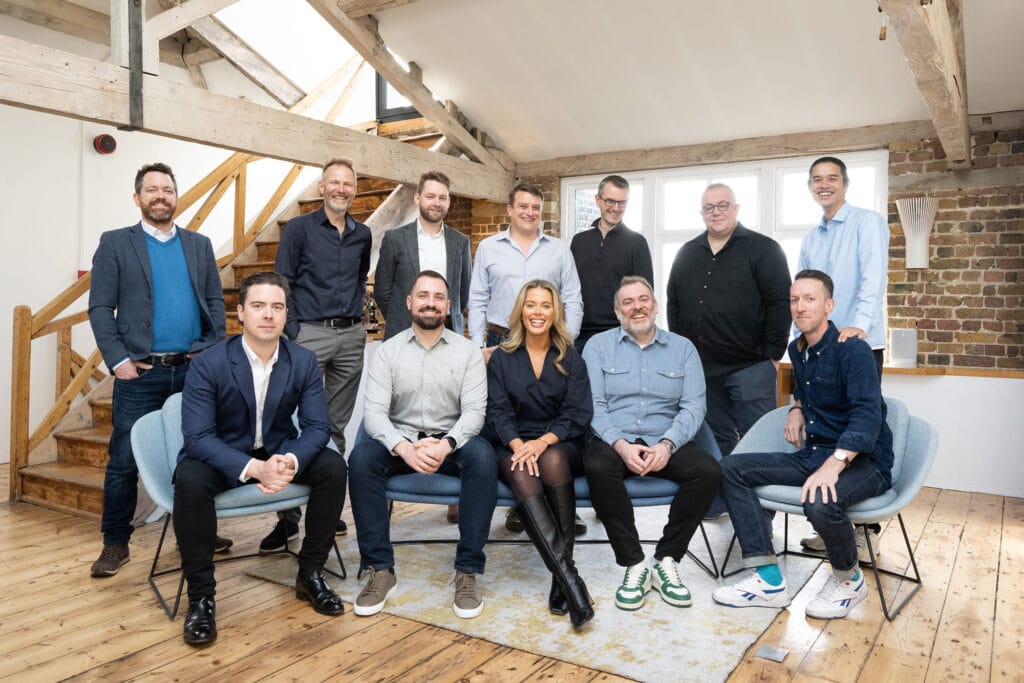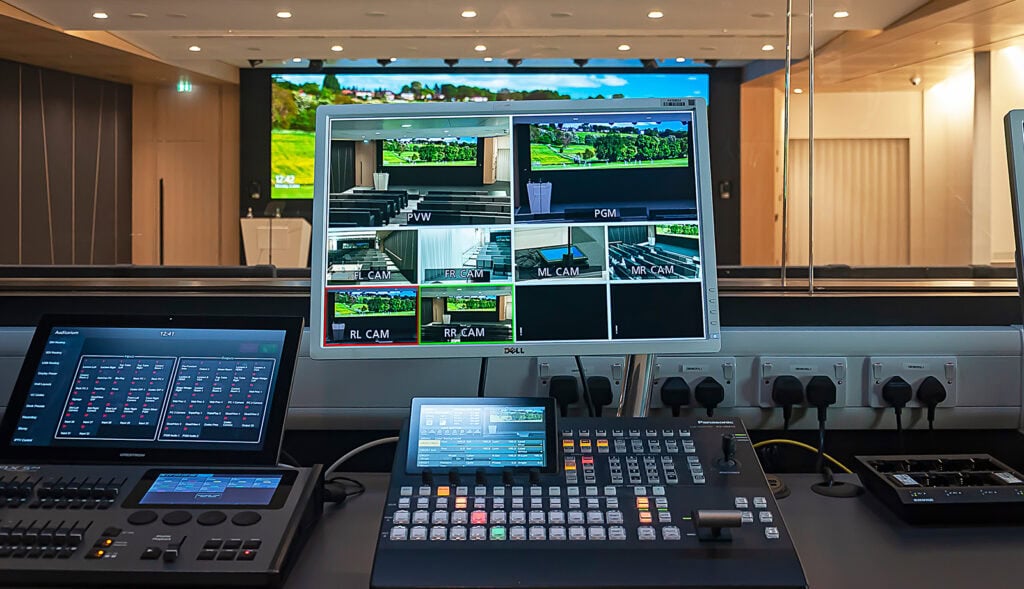Consistency is King
For global organisations, achieving uniformity across their technology estate is more than just an aspiration, it’s a practical necessity. The drive for consistency is well justified, offering tangible benefits such as higher user adoption rates, simplified deployments, a predictable user experience across locations, and streamlined support arrangements. A consistent technology stack not only improves operational efficiency but also ensures that employees can work seamlessly, no matter where they are in the world.
However, creating and maintaining these standards is a significant undertaking. Documenting global technology standards involves producing detailed layout drawings, schematics, bills of materials, and written system configuration descriptions for each meeting space type. Beyond the initial work, these standards must be continually reviewed and updated to remain relevant as technologies evolve and roadmaps change.
The best standards we’ve seen balance the need for precision with flexibility. They define core products and standard rooms clearly, but allow for some adaptability when it comes to secondary equipment and non-standard spaces. Attempting to impose rigid definitions on both standard and non-standard spaces often creates challenges—particularly when specific products are unavailable or unsupported in certain regions. Moreover, technology should always respond to use cases and architectural requirements. Trying to commoditise non-standard spaces rarely delivers the desired outcomes, as these often require bespoke solutions tailored to their unique needs.
Finding the Right Approach
What, then, is the answer? There is no one-size-fits-all solution. Instead, careful consideration must be given to several key factors:
- Technology Roadmap: Standards should align with the client’s long-term technology plans and strategic direction.
- AV Team Resources: It’s essential to ensure the AV team has the skills and capacity to manage the estate effectively.
- Strategic Presence: Regional variations in product availability and support must be factored into the approach.
- Roll-Out Strategy: A phased deployment strategy can minimise disruption and ensure successful implementation.
- Corporate Real Estate Partnerships: Technology solutions should complement workplace design and functionality.
- Ownership of Implementation and Support: Clear accountability is vital for both initial deployment and ongoing maintenance.
At Blend, we’ve supported many multinational clients in documenting their standards and selecting global supply and support partners. By combining technical expertise with strategic insight, we help organisations achieve the balance between consistency and flexibility. This approach ensures a technology estate that not only meets today’s requirements but is also ready to adapt to the future.



